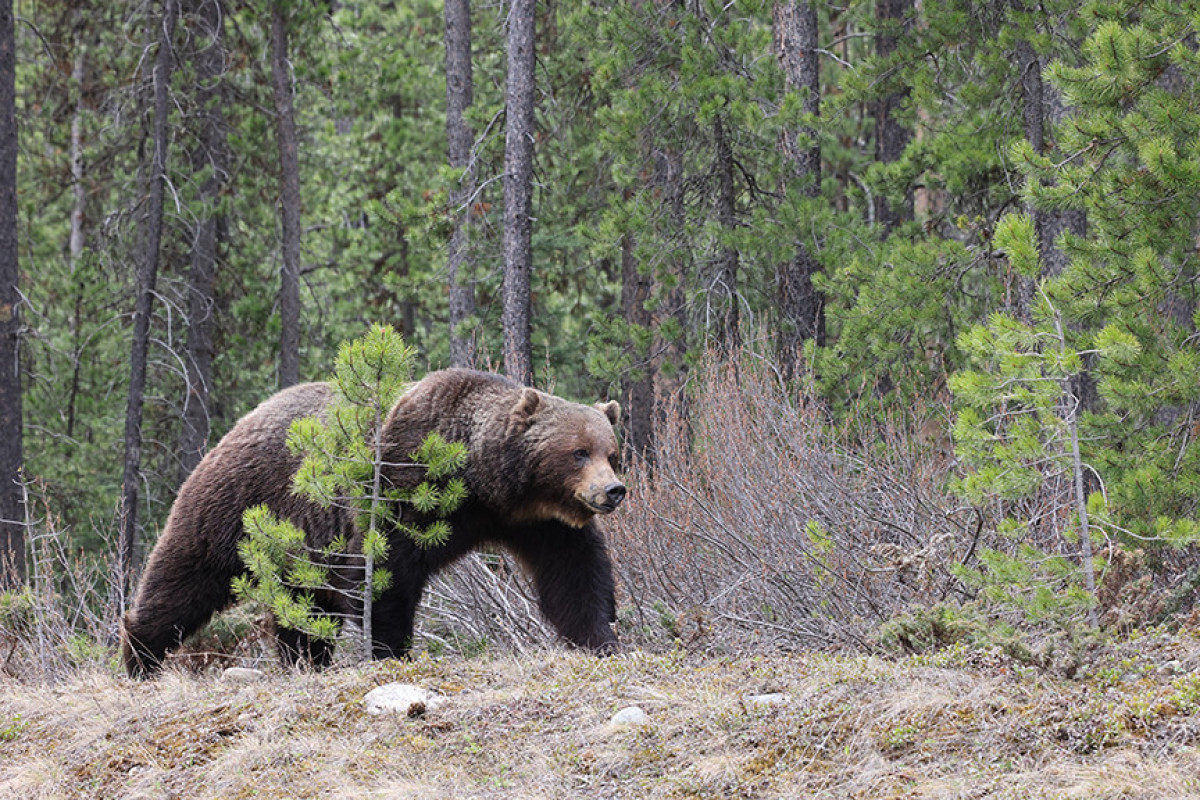A bear attack at Canada’s Banff National Park has tragically claimed the lives of at least two individuals. Local authorities were compelled to euthanize the bear responsible for the attack due to its highly aggressive behavior.
The Alert and Response
On Friday evening, local time, Parks Canada, the agency responsible for managing Canada’s national parks, received a warning from a GPS device indicating a grizzly bear attack within Banff National Park. Reports indicated that the bear attack occurred in the Red Deer River Valley area, situated west of the Ya Ha Tinda Ranch.
Unfortunately, adverse weather conditions at the time prevented the deployment of helicopters, necessitating an overnight journey by land for the emergency response team.
The rapid response team arrived at the scene during the early hours of Saturday and discovered two individuals who had tragically lost their lives. The identities of the victims have not yet been disclosed to the public.
Euthanizing the Aggressive Bear
Parks Canada, in their official statement, explained that the emergency response team encountered the bear, and it displayed aggressive behavior. In response to this threat, the team made the difficult decision to euthanize the bear to ensure the safety of park visitors and personnel.
Details from a Family Member
Kim Tichener, the founder of Bear Safety and More, a bear safety education organization, provided additional insights into the incident. Tichener confirmed that the two victims were a Canadian couple and also revealed that she is a relative of the deceased.
She further disclosed that a pet dog owned by the couple also lost its life in the bear attack.
Bear Safety in National Parks
Bear encounters in national parks, particularly those involving grizzly bears, can be highly perilous. Banff National Park, nestled in the Canadian Rockies, is home to diverse wildlife, including these formidable predators.
Park authorities typically emphasize bear safety measures for visitors, including carrying bear spray, making noise on trails to alert bears to your presence, and securely storing food to prevent attracting bears to camping areas.
The Impact of the Tragedy
Fatal bear attacks are rare but deeply sorrowful events. These incidents underscore the ongoing need to educate visitors about wildlife safety in national parks and the significance of respecting the natural habitat of these animals.
The decision to euthanize the bear involved in the attack was a challenging but essential step to prevent further harm to both humans and wildlife. It serves as a reminder of the responsibility associated with managing and safeguarding both the natural environment and the well-being of park visitors.
Conclusion
The bear attack at Banff National Park, resulting in the loss of two lives, serves as a somber reminder of the potential hazards that can arise in wilderness areas inhabited by wildlife. It underscores the importance of ongoing bear safety education and responsible wildlife management to ensure the safety of park visitors and the preservation of natural habitats.
